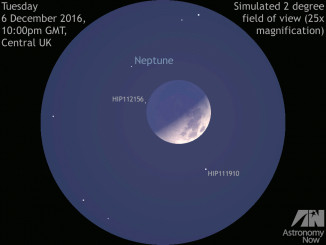
Venus



Catch Mars and Venus in the early evening sky of late November
Find a location that offers you an unobstructed view of the horizon from south to southwest an hour after sunset. With clear skies, you’ll be able to follow Venus and Mars from night to night on their celestial peregrinations through the constellations of Sagittarius and Capricornus. The two planets almost keep pace with each other throughout the remainder of November.

Recently active lava flows from volcano Idunn Mons on Venus
Planetary researchers at the German Aerospace Center (DLR) have pushed the limits of the data resolution from ESA’s Venus Express spacecraft. With this new technique, analysis of the top and eastern flank of 200-kilometre-wide volcano Idunn Mons in the southern hemisphere of Venus revealed an indication of geologically recent volcanism in this area.
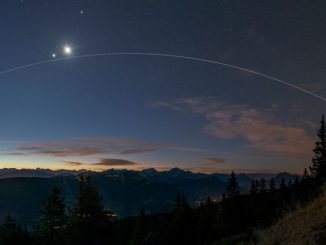

Jupiter and Venus get extra close in the evening sky
On Saturday 27 August at 22:32 UT (11:32pm BST), a spectacularly close conjunction occurs between Jupiter and Venus just 22 degrees west of the Sun in the constellation of Virgo, when the planetary pair are just 4 arcminutes, or one-fifteenth of a degree, apart. Here is our guide to the best locations and times to view this rare event.
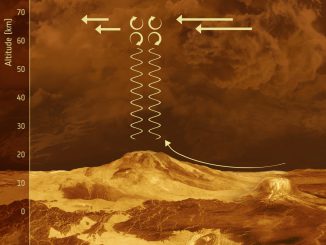
What lies beneath – Venus’ surface revealed through the clouds
Using observations from ESA’s Venus Express satellite, scientists have shown for the first time how weather patterns seen in Venus’ thick cloud layers are directly linked to the topography of the surface below. Rather than acting as a barrier to our observations, Venus’ clouds may offer insight into what lies beneath.
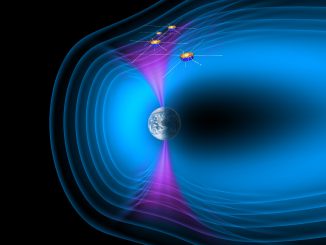
The curious case of Earth’s leaking atmosphere
Overall, about 1 kg of material is escaping our atmosphere every second. Every day, around 90 tonnes of material escapes from our planet’s upper atmosphere and streams out into space. Although missions such as ESA’s Cluster fleet have long been investigating this leakage, there are still many open questions. How and why is Earth losing its atmosphere?
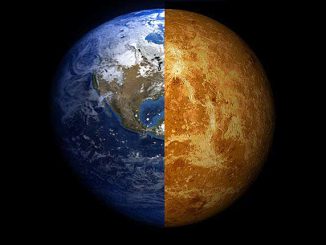
Habitable planets may lie outside the “Goldilocks zone” in extra-solar systems
If conditions had been just a little different an eon ago, there might be plentiful life on Venus and none on Earth, according to a new hypothesis. Minor evolutionary changes could have altered the fates of both Earth and Venus in ways that scientists may soon be able to model through observation of other solar systems, particularly ones in the process of forming.

“Electric wind” can strip Earth-like planets of oceans and atmospheres
The space environment around a planet plays a key role in determining what molecules exist in the atmosphere – and whether the planet is habitable for life. New research shows that Venus has an “electric wind” strong enough to remove the components of water from its upper atmosphere, which may have played a significant role in stripping Earth’s twin planet of its oceans.
